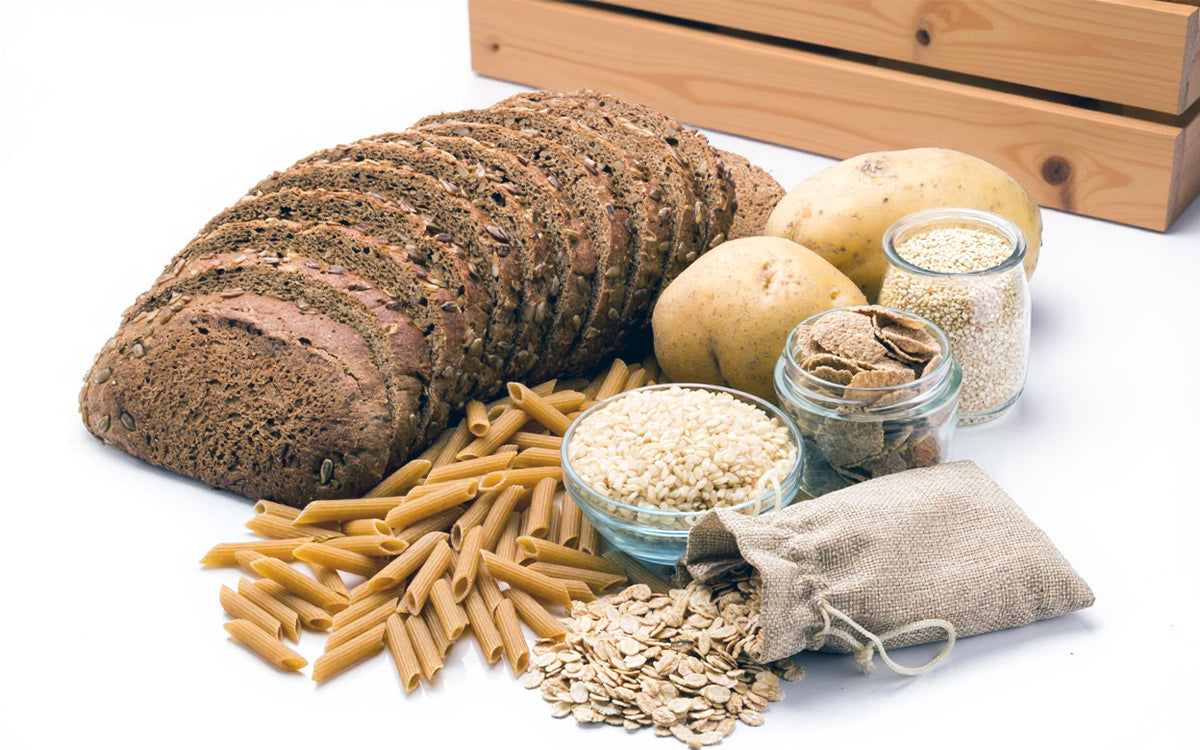
Can Carb Cycling Be Done the Gut-Friendly Way?
Carb cycling is a structured eating approach where you alternate your carbohydrate intake depending on the day. Typically, it means:
- High-carb days: For training, muscle recovery, or energy-demanding activities
- Low-carb days: For rest, light movement, or fat utilization
In theory, this keeps the body metabolically flexible, allowing it to efficiently switch between burning glucose (from carbs) and burning fat. Athletes and fitness enthusiasts often use it for endurance, recovery, and body composition goals.
But carb cycling isn’t limited to athletes. Many people experiment with it for energy management or weight changes.
What Are the Potential Benefits?
When approached thoughtfully, carb cycling may:
- Refuel glycogen stores for better workout performance
- Support fat-burning on lower-carb days
- Improve insulin sensitivity by avoiding constant high carb intake
- Provide dietary variety without strict low-carb or high-carb extremes
For some, it’s a middle ground between balanced eating and more restrictive diets.
Where Can Carb Cycling Fall Short?
Despite the appeal, carb cycling isn’t perfect. Common challenges include:
- Digestive upset: Sudden swings between carb levels may trigger bloating, constipation, or sluggishness.
- Mental fatigue: Constantly tracking “high” vs. “low” days can feel overwhelming.
- Unsustainability: The rigidity may not work long term for busy lifestyles.
- Blood sugar dips: For some, very low-carb days can cause energy crashes or irritability.
This is where gut health becomes a hidden but important piece of the puzzle.
How Can You Make Carb Cycling Gut-Friendly?
Instead of focusing only on carb numbers, think about carb quality and digestion. Some tips:
- Choose slow-digesting, whole-food carbs like oats, sweet potatoes, and fruits that support both energy and your microbiome.
- Include resistant starches (from green bananas, cooled rice, or potatoes) to gently fuel gut bacteria.
- Don’t skimp on fiber on low-carb days: Include fiber rich vegetables and seeds for microbiome balance.
- Stay hydrated—gut bacteria and digestion depend on water, especially when fiber intake shifts.
- Pair meals smartly—combine carbs with protein and fats for steady digestion and blood sugar.
These shifts make carb cycling feel less like a “diet” and more like a gut-aware routine.
Why Does Your Microbiome Matter in Carb Cycling?
Your gut microbiome, the trillions of bacteria in your digestive tract, thrives on consistent fuel, especially fiber. Abrupt changes in carb intake can disrupt its balance.
On high-carb days, your bacteria get plenty of fermentable fuel, but the type of carbs matters, ultra-processed carbs may stress your system while whole carbs nourish it. On low-carb days, beneficial microbes may lack food if fiber is neglected, leading to sluggish digestion or imbalance.
Supporting the microbiome means you can shift carbs without leaving your gut behind.
How can you balance your carb cycling naturally?
If carb cycling feels tricky to balance, gut health supplements can potentially help manage some of the side effects associated with carb cycling, particularly those related to digestive issues or changes in gut bacteria. That’s where SFG Biome Gut Superblend comes in. Even when carb intake fluctuates, your gut still gets steady support through:
- Resistant starches that naturally feed GLP-1 pathways and beneficial bacteria
- Clinically studied probiotics (11.5B CFU) to maintain microbial resilience
- Polyphenol-rich plant fibers that diversify your microbiome
- Postbiotics that help strengthen gut lining and support gut-skin communication
By bridging the gaps that carb cycling can create, Gut Superblend helps you sustain energy, digestion, and microbiome harmony, without relying on strict food tracking or synthetic shortcuts.
Final Thoughts
Carb cycling may sound like a complicated strategy, but at its core, it’s about listening to your body’s natural rhythms and fueling it in a balanced way. For some, alternating carb intake helps manage energy, cravings, and metabolic health, but it isn’t a one-size-fits-all approach. The real key lies in building meals with whole foods, quality proteins, healthy fats, and plenty of fiber to keep your digestion steady and your gut supported.
Because busy lifestyles can make it difficult to consistently get the right mix of fibers, resistant starches, probiotics, and postbiotics, a daily supplement like SFG Biome Gut Superblend can help bridge the gap.
If you are considering carb cycling, think of it not as a rigid diet, but as another tool in your wellness toolkit, one that works best when paired with gut-friendly habits and mindful nourishment.